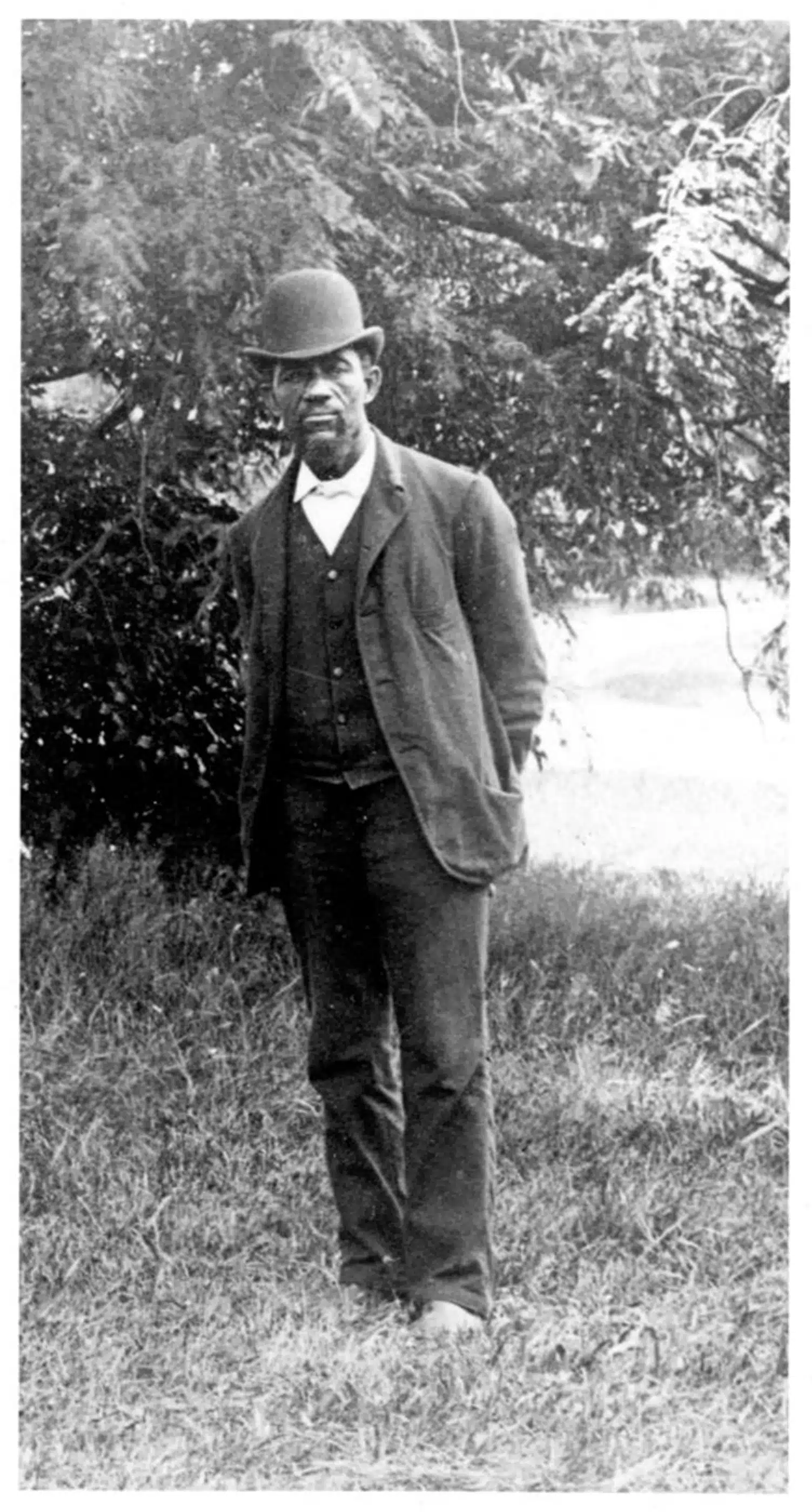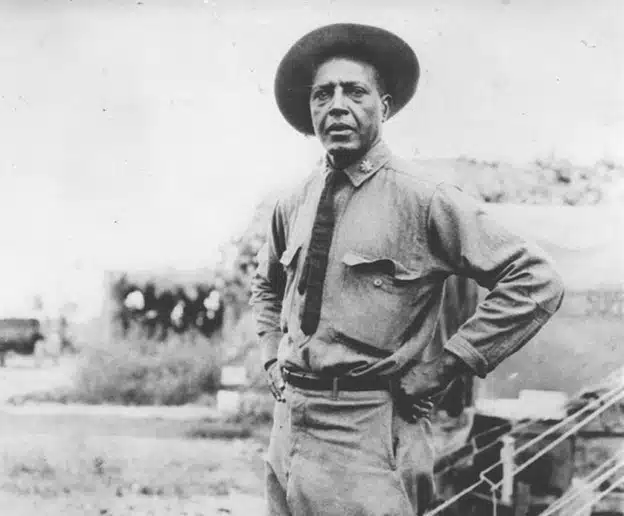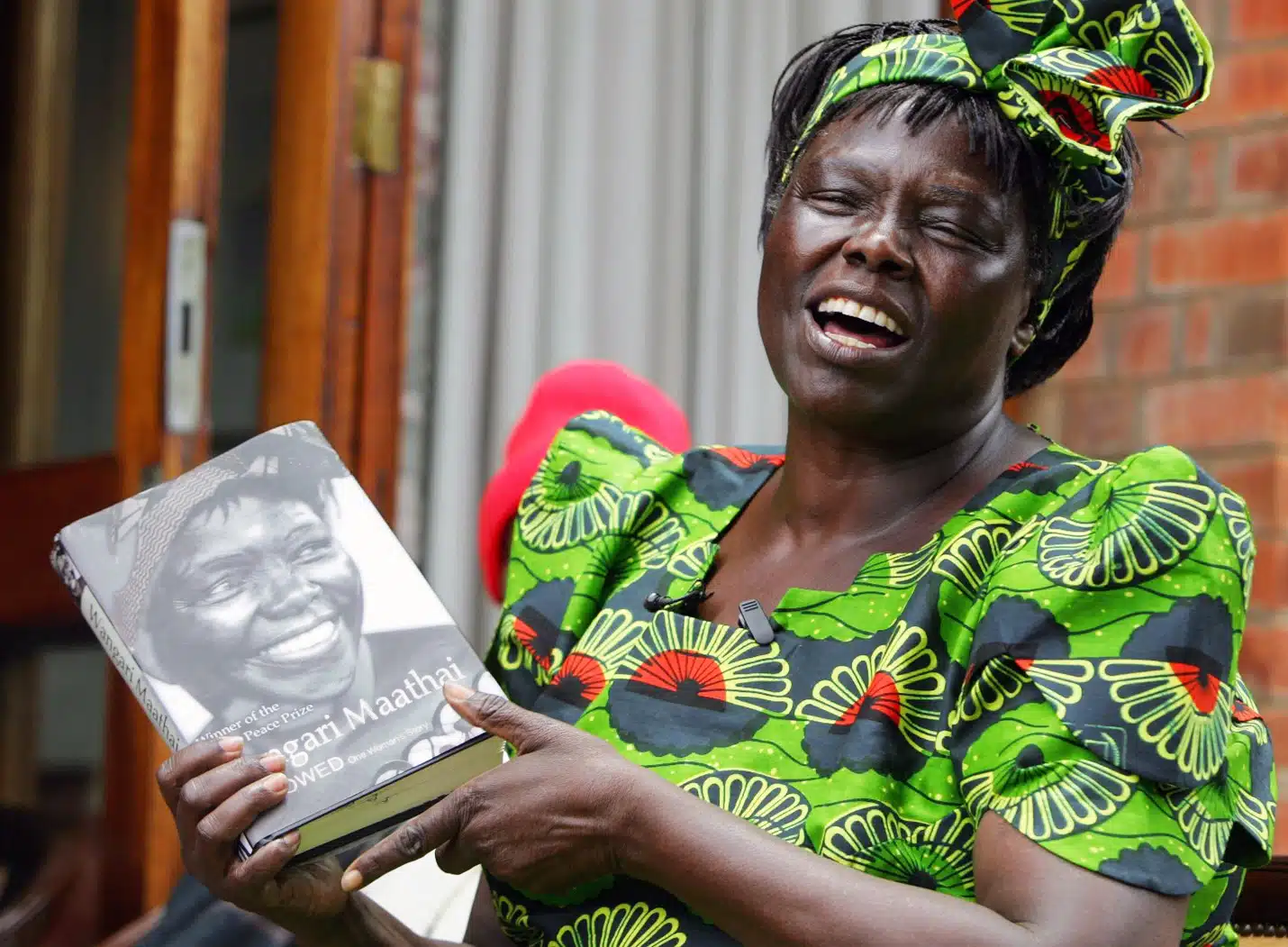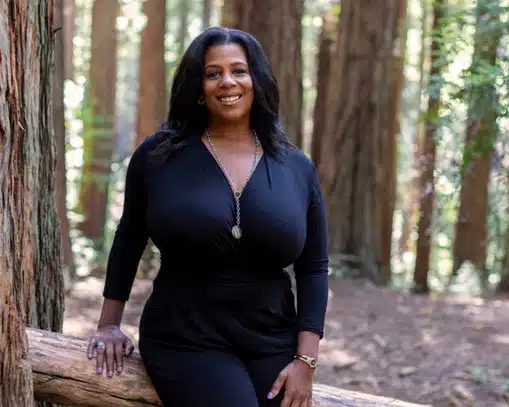Black History Month: Notable Black Conservationists
From highly recognizable, historic names like George Washington Carver to modern day environmentalists like Rue Mapp, persons of color have made significant contributions to the conservation movement. In honor of Black History Month, the Land Trust would like to highlight the achievements of some notable Black conservationists.
Solomon Brown
1829-1906
Solomon Brown was the first Black employee of the Smithsonian Institution. He educated himself on natural history and was the source of many illustrated maps and specimens, giving talks such as “The Social Habits of Insects.” Several trees have been planted in his honor on the grounds of the National Museum of Natural History in Washington, D.C.
George Washington Carver
1864-1943
Born a slave, George Washington Carver became an agricultural researcher, known for promoting the planting of peanuts, which helped replenish the soil in the impoverished south. He was a leader in educating farmers about crop rotation and yield. Carver was ahead of his time with the understanding of the basic interconnectedness between the health of the land and people. He supported many of the concepts of modern environmentalism believing that we must take care of the earth and all its inhabitants.
Captain Charles Young
1864-1922
Charles Young was born to parents who escaped enslavement. Young did exceptionally well in school, which led his father—a member of the U.S. Colored Heavy Artillery— to encourage him to apply to West Point. He was the third African American to graduate from that institution. He excelled in his career and was promoted multiple times, receiving the rank of Captain.
In 1903, he became the first Black national park superintendent when he and his troops were asked to manage what’s now Sequoia National Park in northern California. Young and his troops enlisted local townsfolk to help, constructing roads, and stopping poaching, illegal logging, and sheep grazing.
MaVynee Betsch
“The Beach Lady”
1935-2005
The great-granddaughter of Florida’s first Black millionaire, A.L. Lewis, gave up a career in the opera to preserve the environment. She was devoted to a Black beach known as American Beach on Amelia Island, Florida, that her father had created during the Jim Crow era.
MaVynee gave away her sizable inheritance to environmental causes. Later, she gave tours to schoolchildren to educate them on American Beach.
Wangari Maathai
1940-2011
Dr. Wangari Maathai claimed a number of “firsts” during her lifetime. She was the first African women to receive the Nobel Peace Prize in 2004, the first person to receive the Nobel Peace Prize in the name of environmental efforts, and the first woman from East and Central Africa to receive a doctorate. In 2002, she was elected to the Kenyan parliament with 98% of the vote and served as the Assistant Minister for Environment, Natural Resources and Wildlife. In 1977, She founded the Green Belt Movement, which introduced the idea of planting trees to help conserve the environment. The Green Belt Movement has been incredibly successful, having planted over 51 million trees to date.
John Francis
“The Planetwalker”
1946-
After witnessing an oil spill in San Francisco Bay, Dr. John Francis chose to travel the United States for 22 years—without the use of motorized vehicles—to raise awareness for the needs of our environment. Through it all, he earned a Ph.D. in land resources from the University of Wisconsin—Madison.
John Francis believes the way we treat each other is a mechanism for how we treat the Earth. He became National Geographic Society’s first Education Fellow in 2010. He is the program director for Planetwalk, a nonprofit environmental awareness organization.
Rue Mapp
1971-
Rue Mapp grew up in Northern California on a ranch with a lake, spending most of her time enjoying the outdoors with her family. As an adult, she realized how unique her upbringing was compared to other Black Americans and became inspired to create a blog in 2009 dedicated to connecting Black Americans to the outdoors. This blog quickly turned into a non-profit that is now operating nationally as Outdoor Afro. She oversees a highly trained, national volunteer leadership team who share opportunities to build a broader community and promote leadership in conservation. Outdoor Afro has become a cutting-edge network that helps people connect to Black history found in many natural areas, while inspiring communities to protect vulnerable public lands for everyone.
Other outstanding Black environmentalists include:
Information regarding these notable conservationists was compiled from Urban Green Lab, World Economic Forum, and Greenpeace websites.





